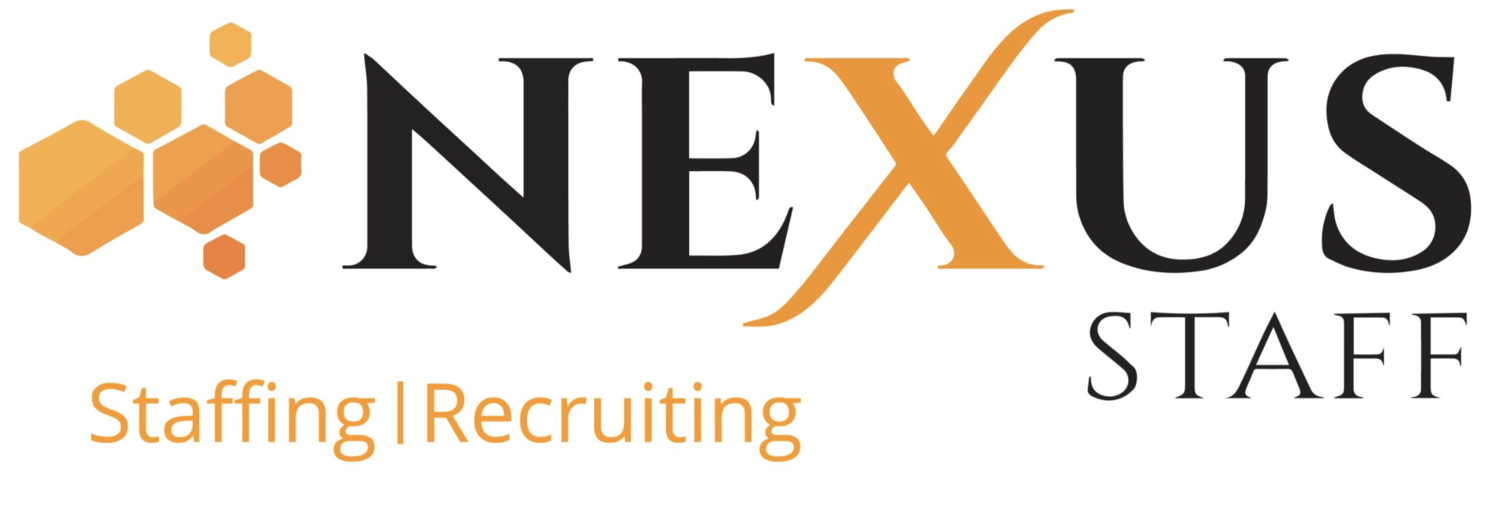A Guide To Internal Employee Communication
Internal communication refers to the information shared solely to an organization’s employees, rather than externally to customers, clients, or partners. The goal of sharing internal information is typically for three paths of communication to be utilized: management to employees, employees to management, and employees to each other. This means all employees should have access to the proper communication methods or channels needed to share information and know how to use them – welcoming a transparent and open flow of communication at all times.
When done successfully, this ensures employees are not only well-informed with recent company happenings, but it also allows them to feel engaged with coworkers and involved with the workplace culture.
What information should be shared internally?
Information shared internally with employees is primarily news or updates relevant to them. This means the information that’s shared can range from important policy updates and required trainings to announcements of upcoming company events, employee engagement opportunities, highlighting employee accomplishments, and everything in between!
How can internal communication be shared?
Internal communication can primarily be shared through print and digital methods. Although digital communication continues to be increasingly more popular in today’s world (and especially with so many employees working remotely), let’s delve into print communication first.
Examples of printed internal communication methods
Bulletin boards: Bulletin boards are best used to share information that isn’t time-sensitive. This means they can be used to share job openings, upcoming events, fundraising opportunities, and other announcements that don’t require an immediate response. To successfully share information on bulletin boards, this method needs to be easily accessible for all applicable employees and attention-grabbing.
Magazines: Company magazines can be shared on a recurring schedule (monthly, quarterly, annually, etc.) to share exciting company announcements, highlighted stories, and of course, images.
Brochures: Brochures can be used to share information that isn’t constantly being updated. For example, your company’s mission statement and core values or information regarding employee benefits can be shared in a brochure. Whether an employee is just joining your organization or needs a refresher on these company policies, a brochure can easily supply this information.
Examples of digital internal communication methods
Intranet: An intranet is an online hub that can be accessed by employees only. Many intranet platforms allow users to interact with one another by commenting, “liking,” and sharing posts. In other words, think of it as a social network made just for your company! The information shared here can vary, but will typically cover company or employee success stories, upcoming events, news and announcements from management, and more that can all encourage employee interaction and improve relationships in the workplace.
Newsletters/email blasts: Similar to printed magazines, internal newsletters and email blasts can be sent out on a recurring schedule to share information regarding announcements or stories directly to employees.
Webinars: Webinars, whether live or prerecorded, are great for sharing information that includes a presentation or visual aid. Rather than sending a lengthy email employees will click out of, an engaging video can grab people’s attention and be an easier way to explain information.
Instant messaging: Instant messaging services like Microsoft Teams, Slack, or Google Chat to name a few are best for small group communication and to share information that requires a quick response — questions, meeting confirmations, and sharing documents and files. On these platforms, groups or channels can also be created to easily contact teams or certain groups at once.
Which method is best to use?
When choosing a communication method to share internal information, it's important to think about the message itself that's being shared. Consider whether or not the information is time-sensitive or if it needs to be shared quickly with a lot of people at once. If so, digital methods will be able to complete this need. In comparison, if the information being shared is intended to not change over time or doesn’t need a timely response, print methods can be utilized.
Be sure to also consider what employees will need to see the information. For example, if you’re posting physical print-outs on a company bulletin board, chances are remote employees will not have access to the information, leaving them out of the loop or damaging their feelings toward the company culture.
At the end of the day, remember the most important part to employee communication is remaining transparent and honest throughout the process in order to build trust and satisfaction in your organization.
Looking for more resources to successfully lead your business? Check out more blogs like this here or contact us today to get started with our one-of-a-kind staffing services!







